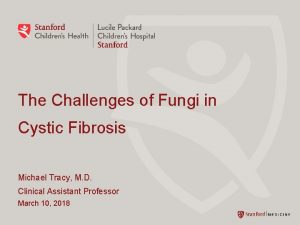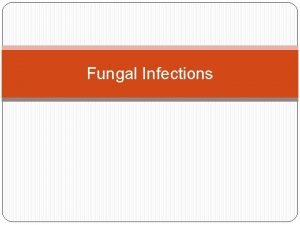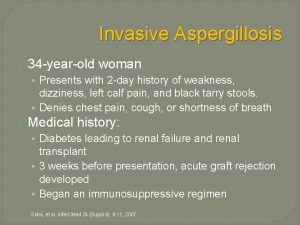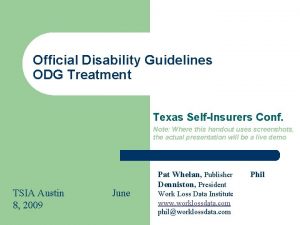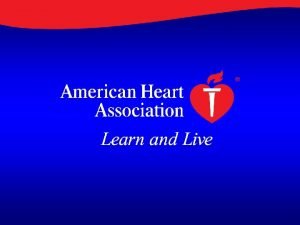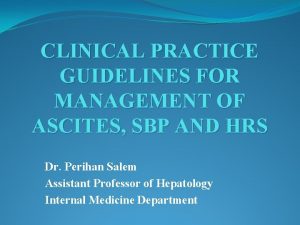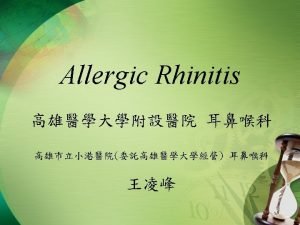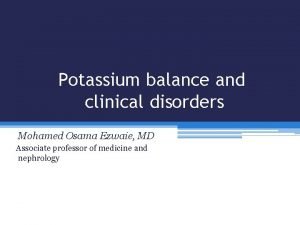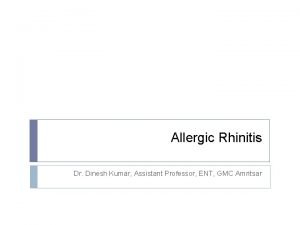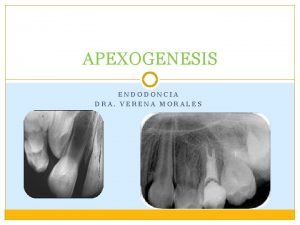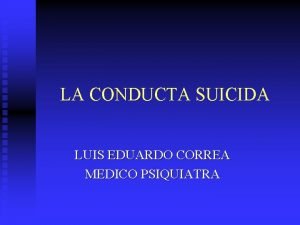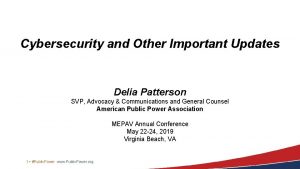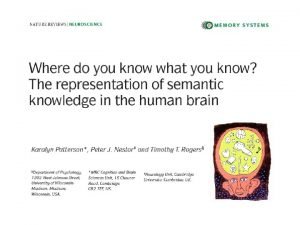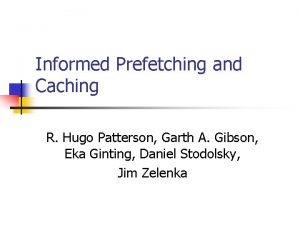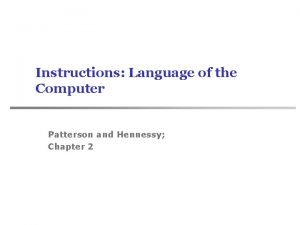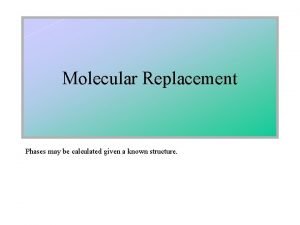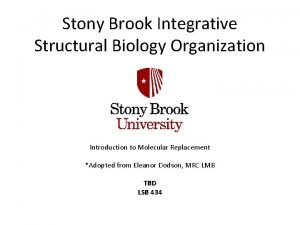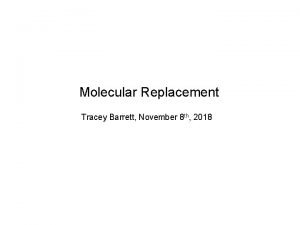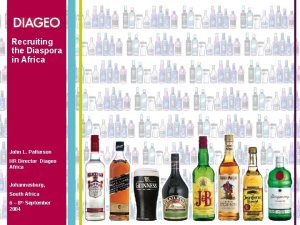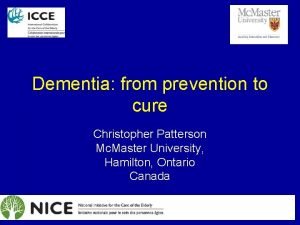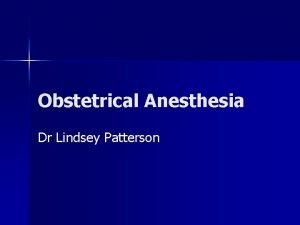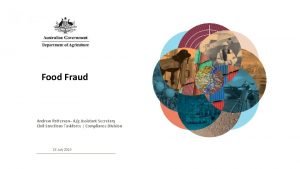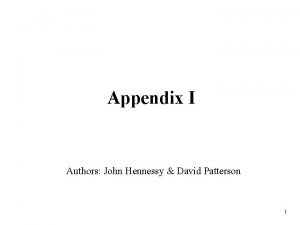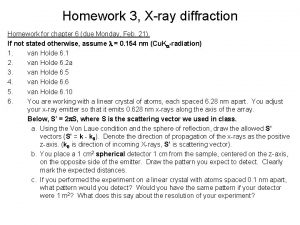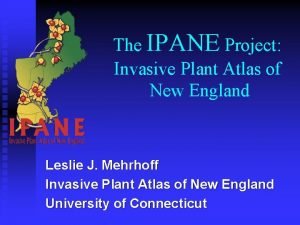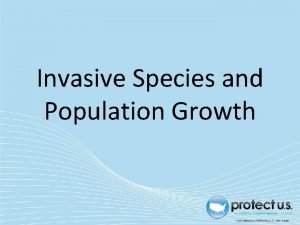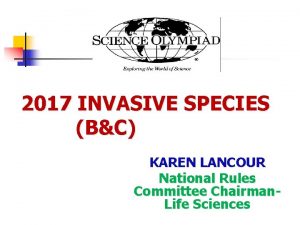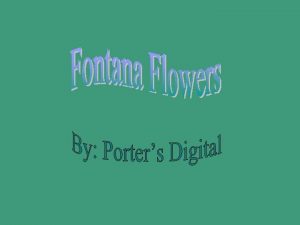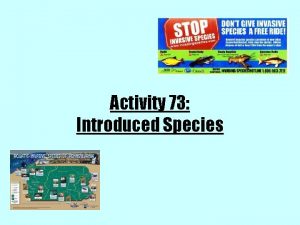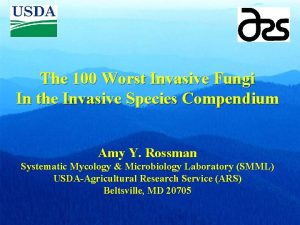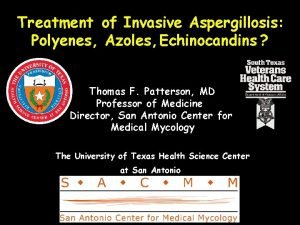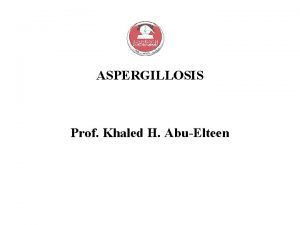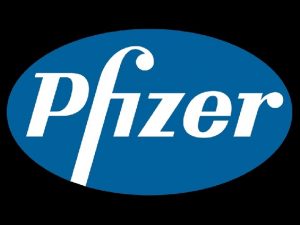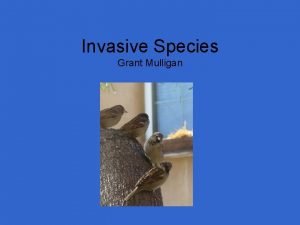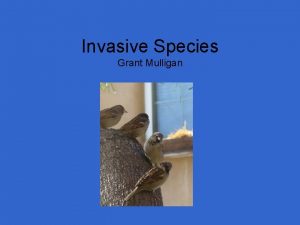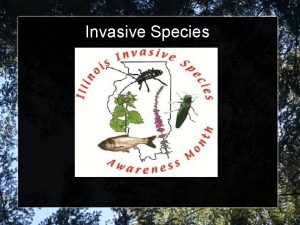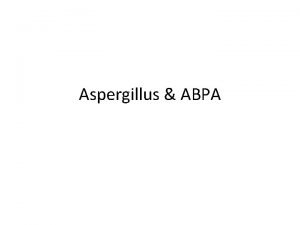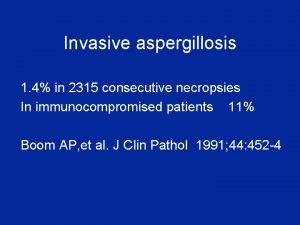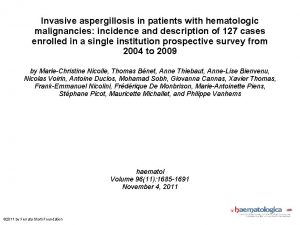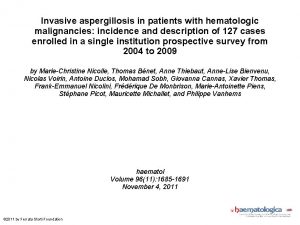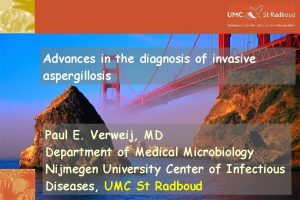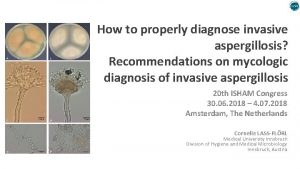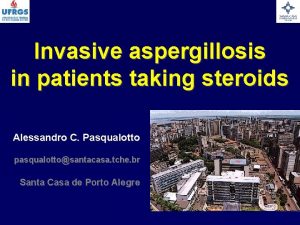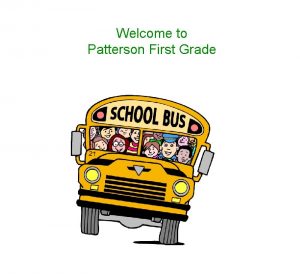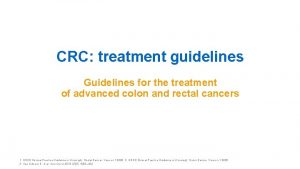Treatment Guidelines for Invasive Aspergillosis Thomas F Patterson



































![Posaconazole vs Standard of Care (Fluconazole [Flu] or Itraconazole [Itra]) for Prophylaxis of Invasive Posaconazole vs Standard of Care (Fluconazole [Flu] or Itraconazole [Itra]) for Prophylaxis of Invasive](https://slidetodoc.com/presentation_image_h/93a910347e2cbce26e896de7a7675e7f/image-36.jpg)






- Slides: 42

Treatment Guidelines for Invasive Aspergillosis Thomas F. Patterson, MD Professor of Medicine Director, San Antonio Center for Medical Mycology The University of Texas Health Science Center at San Antonio

IDSA Clinical Practice Guidelines for Aspergillosis 2008 Walsh TJ, et al. Clin Infect Dis 2008; 46: 327 -60

Guidelines for Treatment of Invasive Aspergillosis • Key recommendations: § How can we make an early diagnosis? - Role of radiology - Non-culture based methods § What are options for therapy? - Primary therapy - Salvage options - Combination therapy § Therapy for extrapulmonary infection § Management of chronic, saprophytic, & allergic conditions

Key recommendations: Diagnosis of Invasive Aspergillosis • Importance of culture confirmation when • • • possible Utility of “halo” sign in neutropenic patients § Not specific for Aspergillus Non-culture based methods to facilitate diagnosis § Galactomannan, (1 3)- -D-glucan § PCR not yet established Possible impact of antifungal resistance

Screening for Invasive Aspergillosis using Aspergillus Platelia EIA • Maertens et al (2001) § Sensitivity: 89%; Specificity: 98% - Serial testing needed for optimal results • Herbrecht et al (2002); Marr et al (2004) § Limited sensitivity (43 -70%); Better specificity (70 -93%) § Lower cut-off on empirical antifungals or prophylaxis - Original criteria: Pos (Index 1. 0 -1. 5) on 2 consecutive samples - US: Pos (0. 5) on repeat testing (same sample) - EU: Pos (0. 5 -0. 7); dynamic endpoint (Maertens, 2005) • False-positive results (Verweij, 1998) § § Weakly positive samples ■ Cross-reactivity Laboratory contamination ■ Dietary Piperacillin/Tazobactam (Viscoli, 2003; Sulahian, 2003) Plasmalyte (Wheat, 2006) Maertens J, et al. Clin Infect Dis 2005; 41: 1242 -50; Marr KA, et al. J Infect Dis 2004; 190: 641 -9; Herbrecht R, et al. J Clin Oncol 2002; 20: 1898 -1906; Viscoli C, et al. Clin Infect Dis 2004; 38: 913 -6

Utility of -Glucan Detection in Invasive Fungal Infection • 30 candidemic pts/30 • • Note: IFI=invasive fungal infection Obadasi Z et al. Clin Infect Dis 2004; 39: 199 -205; Ostrosky-Zeichner L et al. Clin Infect Dis 2005; 41: 654 -9 controls § Cut-off >60 pg/ml 283 pts AML/MDS (twice weekly samples) § Sensitivity: 20/20 IFI pts at least one positive § Specificity: 90% § Organisms detected: Candida, Aspergillus, Trichosporon, Fusarium 163 pt IFI/170 controls (single samples) § Sensitivity: 70% § Specificity: 87%

PCR for Invasive Aspergillosis Design Sens (%) Spec (%) Pan-fungal 100 98 JCM 1997; 35: 1353 -60 Pan-fungal 75 96 BJH 2001; 113: 180 -4 Asp. sp. Ref 100 not (yet) 65 JID 2000; 181: 1713 -9 PCR accepted 91. 7 mycological 81. 3 criteria CID 2001; 33: 428 -35 for Asp. 79 92 CID 2001; 33: 1504 -12 Asp. 64 64 BJH 2004; 125: 196 -202 Asp. 92 95 CID 2006; 42: 479 -82 • Variable sensitivity / specificity • Limited per test positivity • Technical false positives/negatives • Lack of standardized targets/reagents • Not externally validated Donnelly JP. Clin Infect Dis 2006; 42: 487 -9

Aspergillus spp. Isolates Submitted to San Antonio Fungus Testing Laboratory 918 Isolates; Jan. 2001 -July 2004 Am. B MLC >16 § A. fumigatus Am. B MIC>2 § A. terreus § A. flavus A. nidulans 3% § A. ustus Sutton D et al, Advances Against Aspergillus 2004 (Abstract 16) 24% 90% 51% 50%

Azole Resistance in Aspergillus • Detection of multi-azole resistant Aspergillus in Dutch medical centers since 2002: • Cross resistance to voriconazole, itraconazole, posaconazole, ravuconazole MICs 0. 5 -16 μg/ml 12. 3% 0% Verweij PE, et al. NEJM 2007; 356: 1481 -3. • • A new cyp 51 A gene mutation in 12 of 13 isolates; not clonal • Associated with itraconazole prophylaxis in 4 • Responses in most patients with voriconazole or posaconazole

Key Recommendation: Primary Therapy of Invasive Aspergillosis • Preferred therapy: Voriconazole is recommended for the primary treatment of invasive aspergillosis in most patients (AI).

Key Recommendation: Primary Treatment of Invasive Aspergillosis • Alternative Agents: A randomized trial comparing two dosages of liposomal amphotericin B showed similar efficacy in both arms, suggesting that liposomal therapy could be considered as alternative primary therapy in some patients (AI).

Global Comparative Aspergillosis Study: Survival Benefit of Voriconazole Probability of Survival Voriconazole arm Amphotericin B arm Outcome at Vori week 12 Arm Am. B Arm Survival 70. 8% 57. 9% Response 56. 8% 31. % ü Poor efficacy of Am. B prior “gold standard” ü Vori recommended for primary therapy Hazard ratio = 0. 60 95% CI (0. 40, 0. 89) § § Importance of early therapy Limited success of rescue therapy Number of days of Therapy Herbrecht R et al NEJM 2002; 347: 408 -15; Patterson TF et al. Clin Infect Dis 2005; 41: 1448 -52; Greene RE et al. Clin Infect Dis 2007; 44: 373 -9

Voriconazole: Important Considerations • Watch for drug interactions • Significant adverse events: hepatic, • • visual, rash IV formulation: accumulation of cyclodextrin in renal insufficiency Potential for azole cross-resistance No activity versus Zygomycetes Consideration for weight-based oral therapy/measurement of serum levels

Patients with Satisfactory Treatment Response Categorized by Baseline CT Findings 62% 52% 41% 29% 16% *Note: Required positive mycology Greene RE et al. Clin Infect Dis 2007; 44: 373 -9

The Strategy of Following Voriconazole (Vori) or Amphotericin B (Am. B) with Other Licensed Antifungal Therapy (OLAT) Category/Reason for switch Success at wk 12 (%) Vori (n=144) Am. B (n=133) Overall success 76/144 (53) 42/133 (32) Received OLAT 25/52 (48%) 41/107 (38%) Intolerance (adverse event, lab abnormality) 8/19 (42) 27/74 (36) Insufficient clinical response 5/16 (31) 4/19 (21) Completed therapy and received OLAT 11/14 (79) 6/10 (60) Other 1/3 4/4 w. Pts switched to lipid formulations of Am. B following initial Am. B had success in 14/47 (30%) Herbrecht R et al. NEJM 2002; 347: 408 -15; Patterson TF et al. Clin Infect Dis 2005; 41: 1448 -52

Efficacy of Liposomal Am. B (L-Am. B) in Invasive Mycoses: Am. Bi. Load Trial • 14 day loading dose of L-Am. B 3 or 10 mg/kg/d followed by LAm. B 3 mg/kg/d (107) (94) (45) (38) (62) (56) L-Am. B 3 L-Am. B 10 IPA 96% 97% CT Halo 58 60 Allo-SCT 16 19 Neutropenia 71 76 Survival 72 59 Toxicity 20 32 Note: L-Am. B=liposomal amphotericin B; CR+PR=complete & partial responses; EOT=End of Therapy; IPA=invasive pulmonary aspergillosis; Allo-SCT=allogeneic stem cell transplant Cornely OA et al. Clin Infect Dis 2007; 44: 1289 -97

Efficacy and Safety of Liposomal Amphotericin B and Amphotericin B lipid Complex in Invasive Pulmonary Aspergillosis (IPA) • Retrospective study of 381 • • Hachem RY, et al Cancer e. Pub 25 Jan. , 2008 patients with hematological malignancy Documented IPA Poor primary and salvage responses (8 -16%) with either high (>7. 5 mg/kg/d) or low (5 -7. 5 mg/kg/d) doses of lipid formulations of amphotericin B

Key Recommendation: Salvage Therapy For salvage therapy, agents include lipid formulations of amphotericin (AII), posaconazole (BII), itraconazole (BII) or caspofungin (BII). Salvage therapy for invasive aspergillosis poses important challenges with significant gaps in knowledge.

Key Recommendation: Salvage Therapy • Assessment of patients with refractory aspergillosis may be difficult. In evaluating such patients: § The diagnosis of invasive aspergillosis should be established if it was previously uncertain and should be confirmed if it was previously known. § The drug dosage should be considered. § Management options include a change to intravenous therapy and therapeutic monitoring of drug levels.

Key Recommendation: Salvage Therapy • In patients whose aspergillosis is refractory to voriconazole, a paucity of data exists to guide management. § Therapeutic options include a change of class using an amphotericin B (AMB) formulation or an echinocandin such as caspofungin (BII) § Refractory infection may respond to a change to another drug class (BII) or to a combination of agents (BII).

Response % Polyene Therapy for Invasive Aspergillosis ABLC 42% Hx Control 23% L-AMB 52% DAMB 29% Hiemenz JW et al. Blood 1995; 86(suppl 1): 849 a; Leenders ACAP et al. Br J Haem 1998; 103: 205; Bowden RA et al. Clin Infect Dis 2002; 35: 359 -66. DAMB ABCD 23% 18%

In Vitro & Clinical Activity of Echinocandins on Aspergillus In vitro activity: • Not classically fungicidal or fungistatic Control • Activity against other Aspergillus spp. Cells (A terreus) • Animal models prolonged survival Clinical efficacy: Living • Salvage therapy: ~40% Cells efficacy in pts with progressive infection • Primary therapy: limited activity (~33%) Dead • Excellent tolerability Cells • Role in combination therapy Am. B Bowman et al. Antimicrobial Agents Chemother 2002; 46: 3001 -3012; Maertens J, et al. Clin Infect Dis 2004; 39: 1563 -71; Kirkpatrick WR, et al. Antimicrob Agents Chemother 2002; 46: 2564 -8; Viscoli C, et al. TIMM 2008 Caspo Itra

Extended Spectrum Triazoles: Posaconazole • Broad spectrum (Zygomycetes) • Oral (no IV) linear to 800 mg • Posaconazole absorption • • increased by food § Saturable absorption Posaconazole metabolized minimally by glucuronidation Posaconazole inhibits CYP 3 A 4 § Potential interaction with many other drugs such as tacrolimus § Increase in catabolism from rifampin – stimulates glucuronidase – posaconazole levels reduced dramatically Sansone-Parsons A. Antimicrob Agents Chemother 2006; 50: 1881; Dodds Ashley ES et al. Clin Infect Dis 2006; 43: S 28 -39; Sansone A et al ICAAC 2003 (abstract A-1603)

Posaconazole Salvage Therapy for Invasive Aspergillosis • Open, salvage therapy; historical controls refractory or • intolerant of standard therapy Posaconazole: Oral solution (200 mg qid X 2 wk/400 mg bid) Aspergillus species Posaconazole (n) Historical Controls (n) All Aspergillus 42% (107) 26% (86) A. fumigatus 41% (29) 35% (34) A. flavus 53% (19) 19% (16) A. terreus 29% (14) 18% (11) • Adverse events: 4 -10% (Headache, abdominal pain, • nausea, liver enzyme elevations) Better responses with higher drug levels Walsh TJ, et al. Clin Infect Dis 2007; 44: 2 -12

Key Recommendations: Extrapulmonary Infection Preferred therapy: Although the preponderance of cases treated with voriconazole consisted of invasive pulmonary aspergillosis (IPA), other cases of extrapulmonary and disseminated infection allow one to infer that voriconazole is effective in these cases. • Case series: § Bone infection: Complete/Partial responses: 11/20 (55%) § Central nervous system: 81 pts; responses in 35% (vs <10% historical data) • Anecdotal success: § Keratitis, endophthalmitis, endocarditis, etc. Schwartz S, et al. Blood 2005; 106: 2641 -5; Mouas H, et al. Clin Infect Dis 2005; 40: 1141 -7

Key Recommendations: Combination Therapy In the absence of a well-controlled prospective clinical trial, routine initial administration of combination therapy is not recommended (BII). However, that in the setting of salvage therapy, an additional antifungal agent might be added to current therapy, or combination antifungal drugs from different classes other than the initial regimen may be used (BII).

• In vitro • • § Most interactions show synergy / additive effects (Perea, 2002) § Some combinations antagonistic (Meletiadis, 2006) § Poor correlation between in vitro results and in vitro efficacy (Johnson, 2004) Experimental infections § Candin plus polyene (Kohno, 2000; Nakajima, 2000) § Candin plus azole (Kirkpatrick, 2002; Petraitiene, 2002) - Improved sterilization of tissues - Reduced tissue burden Anecdotal clinical series § Candin+polyene (Aliff, 2003; Kontoyiannis, 2003; Denning, 2006) § Candid plus azole (Marr, 2004; Maertens, 2006; Singh, 2006) Probability of Survival Combination Therapy for Invasive Aspergillosis 1. 0 0. 8 Combination group 0. 6 0. 4 Voriconazole group 0. 2 0 0 15 30 45 60 75 Days Since Diagnosis of IA 95

Key Recommendations: Role of Therapeutic Drug Monitoring Although further work is needed to validate therapeutic drug monitoring (TDM) approaches for antifungals, the committee recommends that determination of a plasma drug level, in conjunction with other measures of clinical assessment, may be another factor in evaluating reasons for therapeutic failure due to sub-optimal drug exposures or for toxicity due to the drug (BIII).

Voriconazole Serum Concentrations & Adverse Events • Correlation between adverse events and plasma concentrations • Plasma voriconazole concentrations >6 μg/ml associated with increased toxicity § Visual events: ~25 -35% § Liver abnormalities: ~8 -15% • No cut-off level predictive of adverse event Tan K et al. J Clin Pharmacol. 2006; 46: 235 -43. Visual disturbances AST elevations

Measurement of Voriconazole Serum Concentrations • Potential reasons to monitor include: • • § Nonlinear kinetic profile § Dependence on CYP 2 C 19 § Extensive metabolizers with 2 - to 4 -fold lower exposure than heterozygous & poor metabolizers § High inter-patient variability Prior studies failed to detect relationship between outcome and concentrations § Trend for lower responses with random levels <0. 5 μg/ml Levels in hematopoietic stem cell transplantation (HSCT) undetectable in 15% Lutsar I et a. Clin Infect Dis 2003, 36: 1087 -93; Trifilio S et al. Cancer 2007; 109: 1532 -5

Therapeutic Drug Monitoring: Voriconazole Serum Concentration and Response • Random voriconazole 100% • 44% Smith J et al. Antimicrob Agents Chemother 2006; 50: 1570 -2 • levels in patients with progression (n=17) or toxicity (n=11) Better responses in patients with higher levels Improved outcomes with dose escalation in patients with levels < 2 mcg/ml

Posaconazole Plasma Concentrations and Global Response in Invasive Aspergillosis Plasma Cmax No. of Quartile subjects* Plasma Cavg Mean ng/m. L CV (%) No. (%) of responders 1 17 142 51 134 45 4 (24) 2 17 467 27 411 21 9 (53) 3 17 852 15 719 12 9 (53) 4 16 1480 16 1250 28 12 (75) Issues for consideration: § Doses higher than 800 mg/d do not increase plasma concentrations § Lack of IV formulation prolongs time to steady state levels (~7 days) § Measurement of levels not widely available; higher doses unlikely to increase levels. Walsh TJ, et al. Clin Infect Dis 2007; 44: 2 -12

Key Recommendations: Antifungal Prophylaxis Antifungal prophylaxis with posaconazole can be recommended in the subgroup of HSCT recipients with graft versus host disease (GVHD) at high risk for IA and in neutropenic patients with acute myelogenous leukemia or myelodysplastic syndrome who are at high risk for IA (AI).

Antifungal Prophylaxis for Moulds • Amphotericin B § Intravenous (dose-limiting toxicity, lower doses not effective) § Intranasal/aerosol (limited delivery, poor tolerability) • Azoles § Fluconazole (lack of efficacy for moulds) § Itraconazole (erratic bioavailability, toxicity) • New agents—potential activity § Echinocandins (intravenous, daily/cost, spectrum) § Newer azoles: posaconazole; voriconazole, investigational (bioavailability, spectrum of activity, potential for resistance, drug interactions) § Inhaled amphotericin (improved delivery, efficacy) MMWR, 2000; 49(RR-10): 64; Winston DJ et al, Transplantation 2002; 74: 688 -95; Palmer SM et al, Transplantation 2001; 72: 545 -8; Van Burik J et al, Clin Infect Dis 2004; 36: 1407 -16; Ullmann AJ, et al. NEJM 2007; 356: 335 -47; Cornely OA et al. NEJM 2007; 356: 348 -59; Wingard JR, ASH 2007 (abstract 163)

Posaconazole vs Fluconazole for Prophylaxis of Invasive Fungal Infections in HSCT recipients with Gv. HD Proven/Probable IFI (EORTC/MSG definitions) Posaconazole (200 mg tid) n=301 Fluconazole (400 mg qd) n=299 At any time 20 (7%) p=. 003 42 (14%) Total 16 (5%) p=. 07 27 (9%) Aspergillus 7 (2%) p=. 004 21 (7%) Total 7 (2%) p=. 004 22 (8%) Aspergillus 3 (1%) p=. 001 17 (6%) Study period (16 wks) Breakthrough (on therapy) Ullmann AJ, et al. NEJM 2007; 356: 335 -47
![Posaconazole vs Standard of Care Fluconazole Flu or Itraconazole Itra for Prophylaxis of Invasive Posaconazole vs Standard of Care (Fluconazole [Flu] or Itraconazole [Itra]) for Prophylaxis of Invasive](https://slidetodoc.com/presentation_image_h/93a910347e2cbce26e896de7a7675e7f/image-36.jpg)
Posaconazole vs Standard of Care (Fluconazole [Flu] or Itraconazole [Itra]) for Prophylaxis of Invasive Fungal Infection (IFI) with in Patients with Acute Myelogenous Leukemia or Myelodysplastic Syndrome Endpoint Posaconazole (200 mg tid) n=304 Flu (400 mg qd)/Itra (200 mg bid) n=298 IFI during treatment 7 (2%) p=. 0009 25 (8%) Aspergillosis 2 (1%) p=. 0001 20 (7%) 14 (5%) p=. 0031 33 (11%) 5 (2%) p=. 012 16 (5%) Deaths to d 100 44 (14%) p=. 025 64 (21%) Adverse events 102 (34%) 71 (30%)/30 (52%) IFI at Day 100 Deaths attributed to IFI Cornely OA et al. NEJM 2007; 356: 348 -59

Role of Posaconazole Prophylaxis in High Risk Patients with AML and HSCT • Heterogeneity of risk § Rates of aspergillosis in acute leukemia: 2 -28% § Less benefit in populations at lower risk • Prolonged period of risk § Less than 1/3 neutropenic at time of diagnosis § Risk after 40 days: age, underlying disease, GVHD, steroid use § Late infection (90 to >180 days) increasingly common • Utility of antigen testing (detection of early infection): Galactomannan at baseline Rate of IFI in GVHD (%) Posaconazole Fluconazole Positive 2/21 (10%) 7/30 (23%) Negative 12/259 (5%) 20/243 (8%) • Other populations (lung transplant, etc. ) not studied Wald A, et al. J Infect Dis 1997; 175: 1459 -66; De Pauw BE, NEJM 2007; 356: 409; Ullmann AJ, et al. NEJM 2007; 356: 335 -47; Cornely OA et al. NEJM 2007; 356: 348 -59

Voriconazole Prophylaxis: Allogeneic SCT (2003 -2006) • • Prospective, randomized, double-blind trial (600 patients) Duration day 0 days +100/+180 Serum GM twice weekly x 60 days, once to twice weekly until day +100 Both arms similar in § Patient, disease type, transplant type, engraftment rate § Acute/chronic GVHD, non-fungal infection, study withdrawal IFI: 25 proven, 30 probable, 15 presumptive, 74 possible § Proven/probable/presumptive IFI similar in 2 arms § 6 months: voriconazole 6. 6%, fluconazole 10. 6%; 12 months: voriconazole 11. 6%, fluconazole 13. 1% § Aspergillus: voriconazole 7, fluconazole 16 (P=. 05); Candida 3 and 3, Zygomycetes 2 and 3 Fungal-free survival at 6 months: voriconazole 78%, fluconazole 76% Event-free/overall survival similar Conclusion: Efficacies of voriconazole and fluconazole are similar with close monitoring and early therapy Wingard JR. 49 th Am Soc Hematology Ann Mtg; 2007; Abstract #163.

Key Recommendations: Chronic, Saprophytic, & Allergic Conditions Condition Preferred therapy Similar to Chronic necrotizing invasive pulmonary aspergillosis Alternative Agents Comments Similar to invasive Long course of therapy (mos); pulmonary oral triazole preferred over a aspergillosis (IPA) parenterally agent Aspergilloma No therapy or Itraconazole or surgical voriconazole; resection similar to IPA The role of medical therapy in aspergilloma is uncertain. Chronic cavitary pulmonary aspergillosis Itraconazole or voriconazole Similar to IPA Long-term therapy may be needed. Surgical resection may lead to complications. Allergic bronchopulmonary aspergillosis Itraconazole Voriconazole or posaconazole Itraconazole has corticosteroid sparing effect. Allergic Aspergillus None or sinusitis itraconazole Little data on other agents

Guidelines for Treatment of Invasive Aspergillosis • Importance of early detection § Role of radiological diagnosis § Non-culture based diagnostics [galactomannan & (1 3)- -Dglucans] - Importance of serial samples - Impact of prior therapy § Poorer outcomes with extensive or disseminated disease • Limited efficacy of amphotericin B deoxycholate in high risk pts • Recommendations for treatment of invasive aspergillosis § Voriconazole as primary therapy in most patients § Liposomal amphotericin alterative therapy in some patients § Options for salvage therapy; dependent on prior therapy, host factors, dosing considerations; potential agents: posaconazole, itraconazole, echinocandins, lipid amphotericin formulations § Clinical trials needed for combination therapy • Prophylaxis with posaconazole prophylaxis can be recommended in high risk patients Walsh TJ, et al. Clin Infect Dis 2008; 46: 327 -60

Acknowledgements IDSA Aspergillus Guidelines Committee • T. J. Walsh, Co-Chair • T. F. Patterson, Co-Chair • E. J. Anaissie • D. W. Denning • R. Herbrecht • D. P. Kontoyiannis • K. A. Marr • V. A. Morrison • B. H. Segal • W. J. Steinbach • D. A. Stevens • J-A van Burik • J. R. Wingard • T. M. File, Jr. : IDSA Standards • and Practice Guidelines Committee J. Padberg, IDSA Staff Support

Thank you! Want to know more? www. doctorfungus. org
 Doc for invasive aspergillosis
Doc for invasive aspergillosis Aspergillosis
Aspergillosis Aspergillosis
Aspergillosis Aspergillosis symptoms
Aspergillosis symptoms Aspergillosis
Aspergillosis Odg treatment guidelines
Odg treatment guidelines Ich treatment guidelines
Ich treatment guidelines Ppcd ascites
Ppcd ascites Hepatic encephalopathy treatment guidelines
Hepatic encephalopathy treatment guidelines Loratadine pregnancy category
Loratadine pregnancy category Leuckocytosis
Leuckocytosis Management of allergic rhinitis
Management of allergic rhinitis Disminir
Disminir Escala de patterson
Escala de patterson Delia patterson
Delia patterson Stacy cooper patterson
Stacy cooper patterson Walter duggan stfx
Walter duggan stfx Preventive medicine near patterson
Preventive medicine near patterson Most famous salvador dali paintings
Most famous salvador dali paintings Patterson
Patterson Hugo patterson
Hugo patterson Processor organization
Processor organization Patterson
Patterson David patterson wwf
David patterson wwf Patterson mill high school calendar
Patterson mill high school calendar Patterson
Patterson Computer architecture david patterson
Computer architecture david patterson Virginia patterson hensley
Virginia patterson hensley Molecular replacement method
Molecular replacement method Breanna patterson
Breanna patterson John l patterson
John l patterson Dementia treatments and interventions near patterson
Dementia treatments and interventions near patterson Dr lindsey patterson
Dr lindsey patterson Andrew patterson world food programme
Andrew patterson world food programme John hennessy and david patterson
John hennessy and david patterson Patterson
Patterson Ipane
Ipane Invasive species exponential growth
Invasive species exponential growth Invasive beatmung über tracheostoma
Invasive beatmung über tracheostoma Invasive species characteristics
Invasive species characteristics Sesleria autumnalis invasive
Sesleria autumnalis invasive Invasive species investigator worksheet
Invasive species investigator worksheet Invasive mushroom species
Invasive mushroom species


